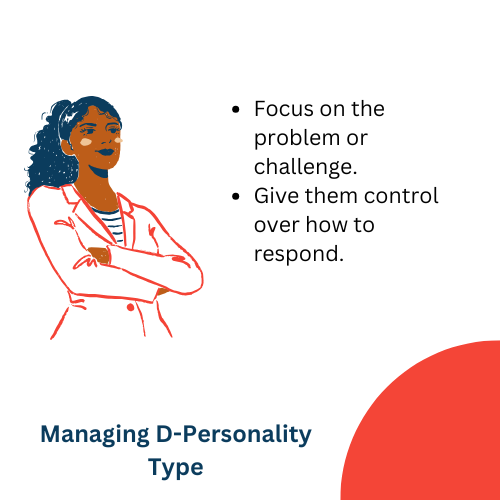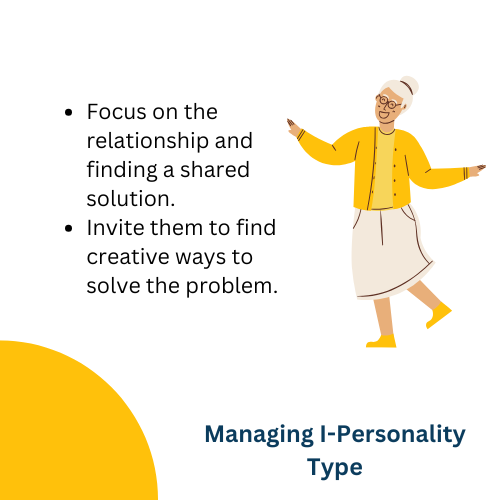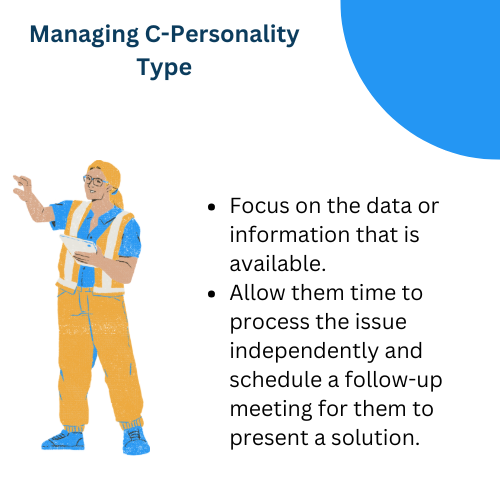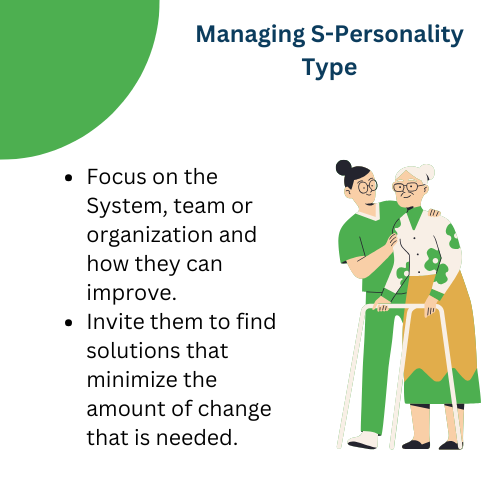How to boost employee retention with DISC
Adam Stamm
Managing Partner: Online DISC Profile
There are many reasons people quit their jobs. A 2023 Forbes article found that just one in ten employees leave because of money – meaning that job satisfaction for the majority of employees is about supporting their career growth and understanding their personal and professional needs. Organizations that devote time and resources to improving employee well-being should, ultimately, retain more employees.
In this article, we will identify five actionable ways that you can boost employee retention through the use of DISC in your organization. You might be interested in the reasons that affect employe retention. Our article “Why DISC personality matters when ensuring employee retention” investigates the distinctions between personality types and the significant impact this can have on employee retention.
How DISC Can Improve Employee Retention
So, how can you improve employee well-being and retention?
You can start by improving your organization’s culture. We suggest using a tool called DISC in a training or workshop setting to develop a new engagement and retention strategy. Many companies use DISC. The theory is almost 100 years old.
When organizations and teams implement DISC into their culture, they add a language that explains motivations and workplace stress. DISC offers HR Managers a way to improve psychological safety, which, in turn, improves employee well-being.
Improve Communication Around Stress and Motivation
DISC is often called a ‘needs-based’ assessment. When your employees take the DISC assessment, they are presented with four words, and they choose which describes them most and least. Those descriptions are connected to how they see themselves and what motivates or stresses them.
While DISC results will vary between 12 different DISC Styles, you can see how these stresses and motivations materialize within the four main DISC Types:
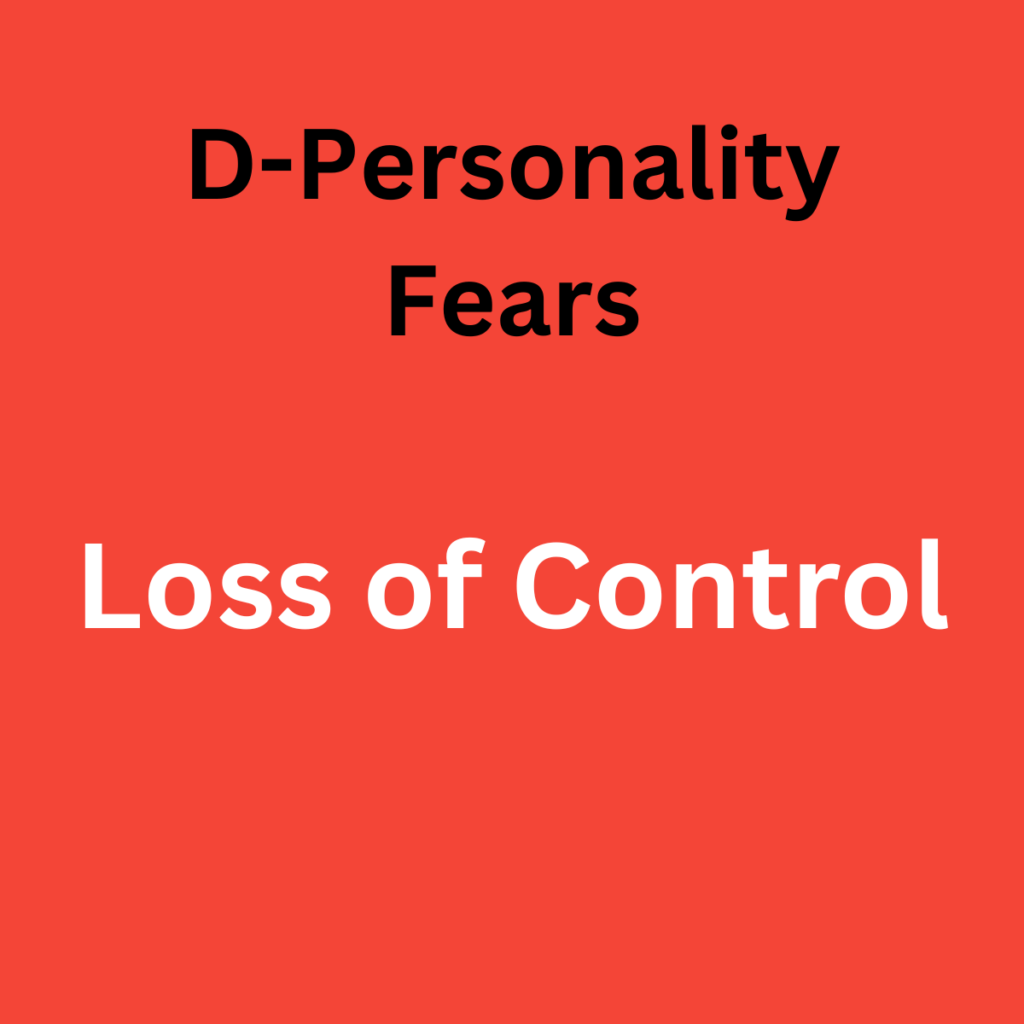
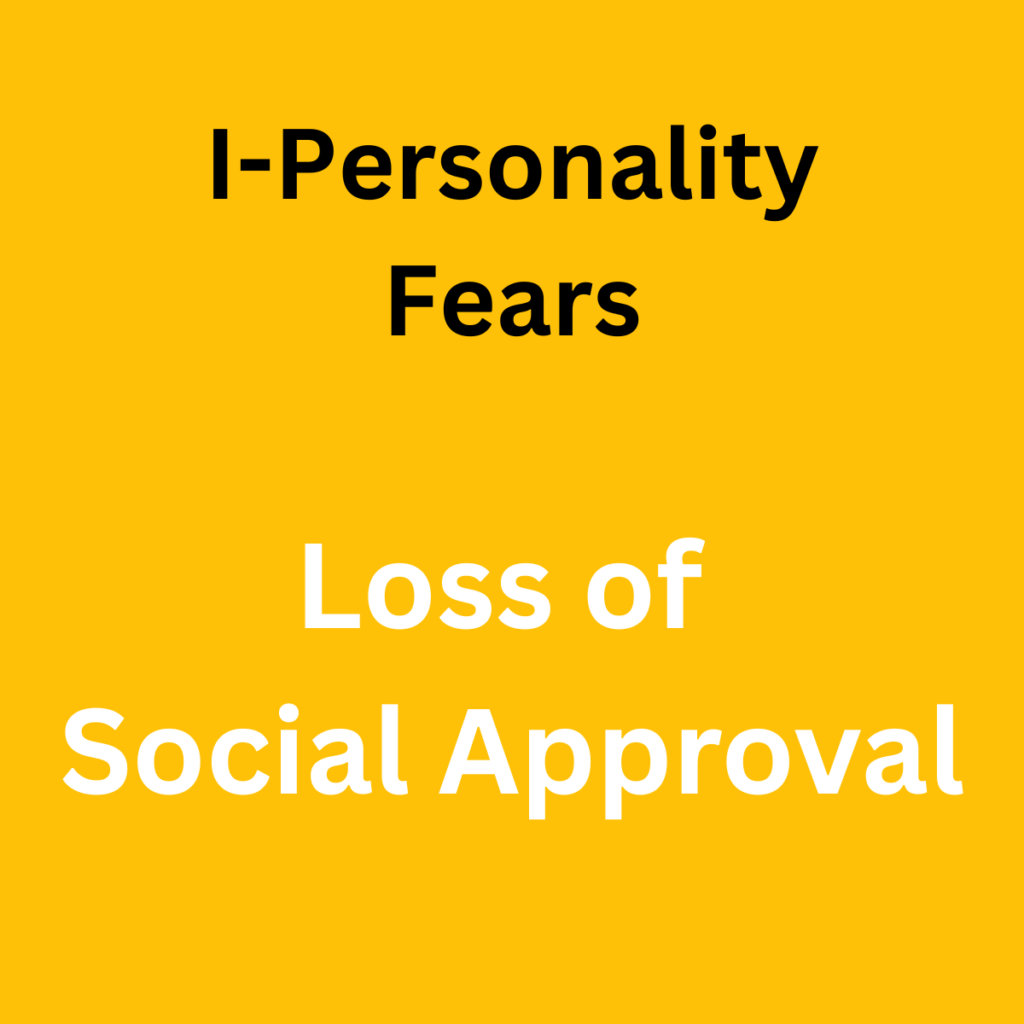
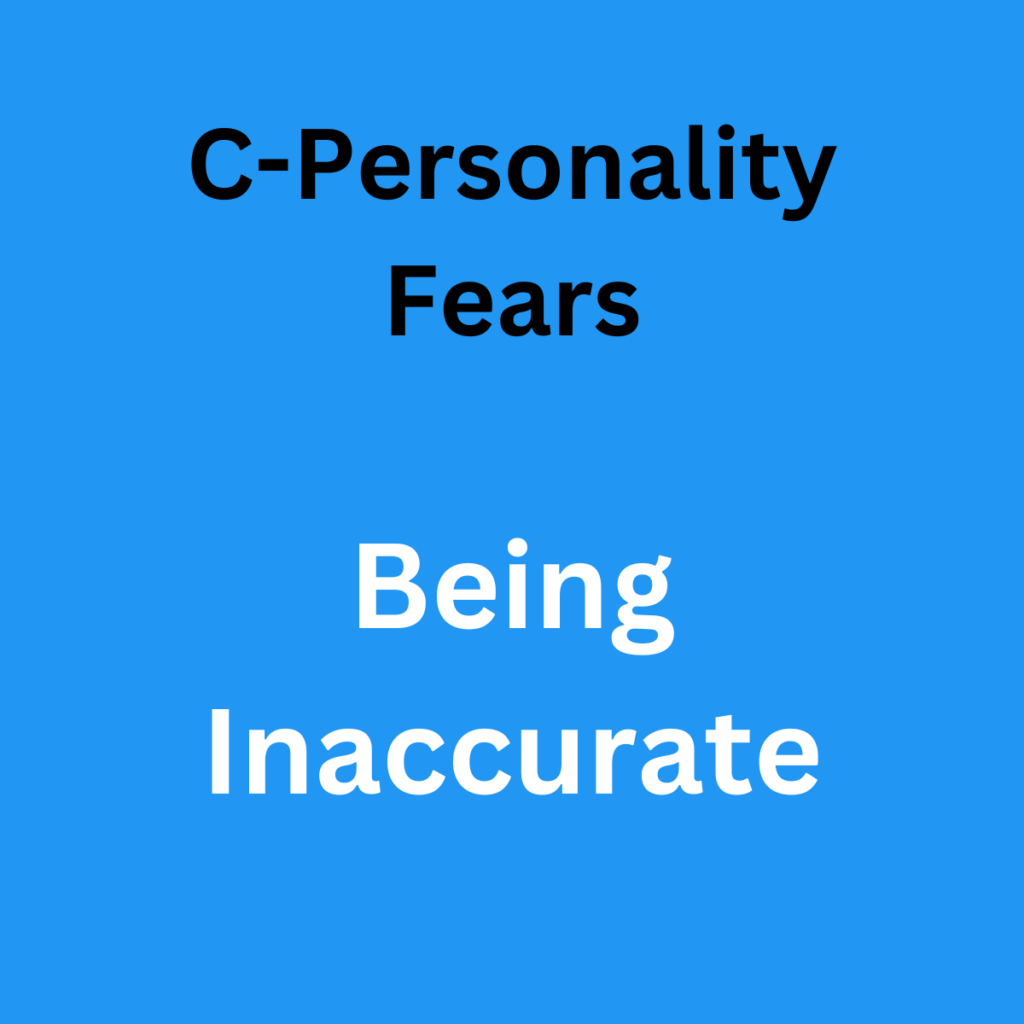

When employees complete their DISC assessment, they don’t just improve their self-awareness around these fears. They are also given a language to communicate these fears and needs. The learned self-awareness from DISC improves emotional intelligence and lowers team stress and conflict.
For example, a person with the D Personality Type might frequently be a source of conflict because they constantly take over projects. After learning the DISC model and their personality type, they could approach a project meeting and say, “This might just be my D Style coming out, but do you need me to run this project, or did you have someone else in mind?”
This level of awareness lowers tension and allows for a space of dialogue.
Improve Psychological Safety
Because DISC identifies our fears and stressors, we can also use the same results to understand what impacts our psychological safety on teams.
Psychological safety describes the connection between team members. Psychologically safe team members are more willing to share opinions, take risks, or engage more deeply.
DISC helps explain what may break out psychologically safety through an understanding of our fears:
- The D Personalities fear a lack of control. They feel their psychological safety is threatened when they feel they might be taken advantage of.
- The I Personality fears a loss of social approval. The feeling that they might be left out threatens their psychological safety.
- The S Personality fears sudden changes. Their psychological safety is threatened if they feel they might lose stability and security.
- The C personality fears being criticized. Feeling seen as inaccurate or producing low-quality work threatens their psychological safety.
The team leader often creates or destroys the team’s atmosphere. That’s why it’s essential that managers understand how to use DISC from the perspective of psychological safety. With an understanding of what could harm someone’s psychological safety, team leaders can approach situations differently or at least acknowledge that they recognize a person’s psychological need in their response.
For example, there are many times when a team needs to stop working on a project for various reasons. Team leaders should give themselves enough time to meet with team members with the S-Personality Type to discuss the change in more detail to ensure this sudden change doesn’t cause them to lose their feeling stability and affect their psychological safety
Improve How Teams Work Together Using DISC
One essential way DISC can improve workplace culture and reduce employee turnover is by improving team communication.
DISC offers a communication model. When implemented, team members can quickly grasp concepts of needs and stresses with four simple letters. Learning DISC can be most valuable for leaders and managers. The best managers can say the same general message, but they can personalize it in a way better understood by each individual DISC Style.
This ability will help employees navigate change or other workplace issues that could cause stress. Here is how this works for each DISC Style:
Realistically, however, team leaders aren’t the only managers on a team.
Team members should often manage each other. Teams that promote accountability are more engaged and productive. When team members use DISC to provide the same type of feedback, they can personalize it based on their team member’s DISC Style. This culture is compelling and allows teams to accomplish incredible goals.
Using DISC for Training and Development
The DISC model is simple to understand, but implementing it can be challenging if it’s not done correctly. For this reason, we consult our client organizations to ensure that DISC is rolled out through a training and development process.
Over the years, we have identified many ‘dos and don’ts’ of using DISC. We suggest allowing HR to manage the DISC rollout or the talent development team. By allowing HR to teach the DISC model, organizations will have an internal subject matter expert who understands the engagement and retention strategies and how employees can learn from the DISC assessment process. They can act as a third party to team or interpersonal conflict and ensure mistakes aren’t being made when using DISC.
When an HR team or representative isn’t available, we strongly recommend partnering with an external consultant or coach to facilitate the process.
Here are a few ways we believe teams and organizations should start to use DISC:
- Have an HR or Talent Development professional become certified in DISC
- Schedule a DISC Training workshop to pilot how this program could work.
- Work with a DISC Coach to understand your profile and to work on specific challenges you are experiencing.
Each team or organization’s rollout will look different. However, by following these simple guidelines, you will increase the chance that your program will succeed and start to see your employee retention scores improve.
Using DISC for Onboarding
Employee retention starts from day one. The onboarding stage is a critical window for shaping how new hires perceive their role, their team, and the company culture. By integrating the DISC personality assessment into this early phase, organizations can foster a stronger sense of connection and alignment—two key drivers of long-term retention.
DISC helps uncover a new hire’s natural communication style, motivational drivers, and behavioral tendencies. Armed with this insight, managers can tailor the onboarding experience to suit individual preferences. For example, a high-D (Dominance) profile might appreciate a fast-paced, goal-oriented introduction to their role, while a high-S (Steadiness) profile may thrive with more personal support, clear expectations, and steady guidance.
Using DISC during onboarding also empowers managers to communicate more effectively, minimizing misunderstandings that can lead to early disengagement. It helps teams build trust faster by highlighting how each person contributes to group dynamics—essential for collaboration and job satisfaction.
Ultimately, when new hires feel understood and supported from the start, they’re more likely to stay engaged, perform confidently, and remain with the organization long-term.
Here’s how to integrate DISC into a strong onboarding process:
- Have new hires complete a DISC assessment as a tool for growth and development.
- Tailor the onboarding process’ content and structure to align with their personality type.
- Be transparent about the team’s profile to help the new hire understand the existing group dynamics.
- Encourage the use of DISC day-to-day to get the most out of collaboration, training and development.
Reasons for High Employee Turnover
Gallup’s annual workplace survey found that 59% of employees are most likely to leave for a new job due to better work-life balance and personal well-being.
Surprisingly, well-being was ranked higher as a reason to go for a new job than benefits, pay, and job security. You can view the complete list of reasons that hurt employee retention below:
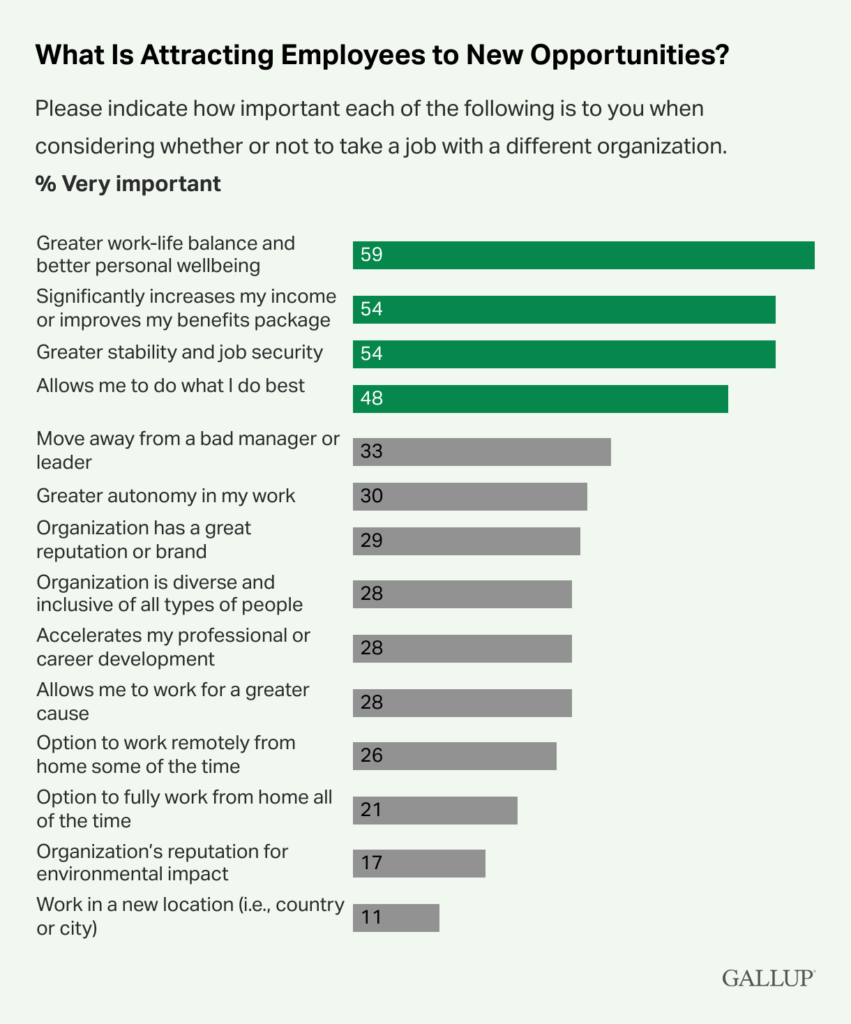
There is a lot on this list that we can and should discuss, but a common thread when there is a lack of well-being is burnout. You probably hear the phrase “in today’s fast-paced world” or some variation of this phrase often. The rate of technological change can cause stress, but it’s not why so many people are feeling burned out. Here is a short list of reasons we feel stressed at work and become burned out:
- Heavy workloads – cause us to resent our co-workers who might not have as much work.
- Toxic work culture and Uncertainty – cause us to ‘keep our heads down’ and not to speak our minds
- Boredom – often not caused by a lack to do, but usually because there is too much to do.
In each of these situations, a feeling of disconnection is the root cause, and it’s why we suggest using DISC to help teams and organizations learn how to talk about what stresses them and motivates them.
DISC offers a simple-to-use model for understanding our personal preferences and the preferences of others.
Key Takeaways (TLDR)
We covered a lot in this article. Here are the highlights of what we covered:
- Employees leave their jobs due to a lack of personal well-being.
- Employee well-being suffers from stress from being disconnected from their role, values, or organization.
- DISC can help improve employees’ connections with each other and their bosses.
- DISC helps employees understand what affects their psychological safety and the psychological safety of others. This is imperative to understanding and managing stress and improving personal well-being.
- To understand the success of the engagement and retention strategy, it’s essential to have HR teams or outside consultants manage the Employee DISC Assessment process.
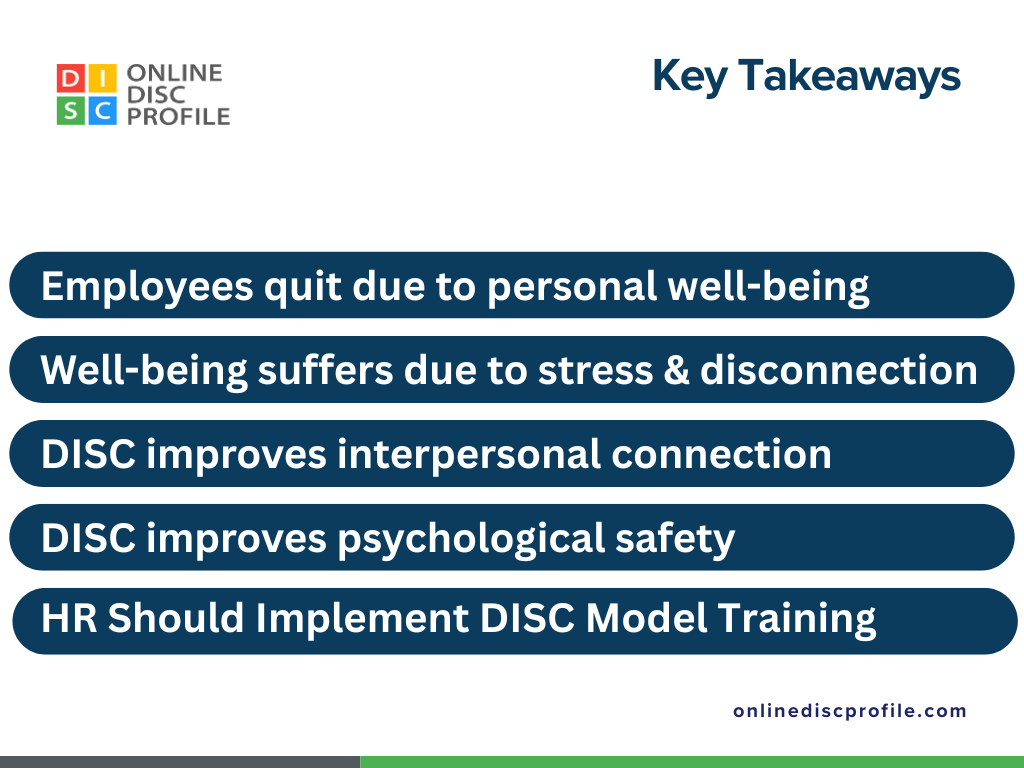
Improve Employee Retention Through a Better Workplace Culture
It’s impossible to avoid stressful situations throughout life. Instead, we navigate through stress with each other. It’s no surprise, then, that the number one reason why people leave their job is for more personal well-being.
If you want to discuss an issue or problem your organization or team has, we invite you to fill out the form to connect with one of our account managers. We’ve helped improve teams and organizations since 1986, and we look forward to working with you.
"*" indicates required fields
